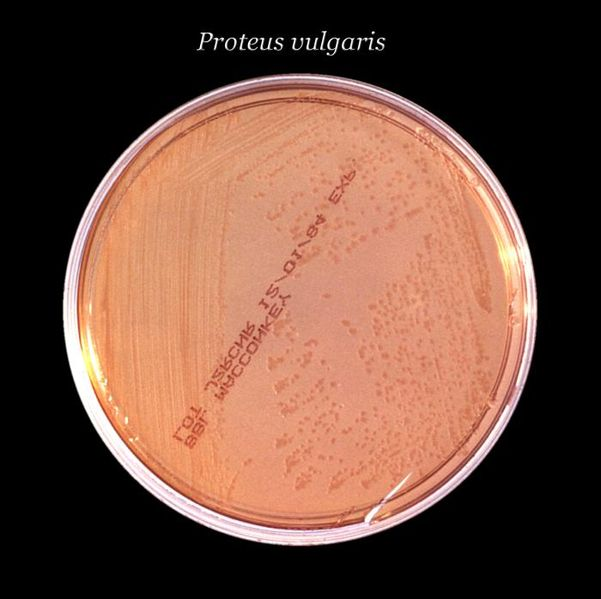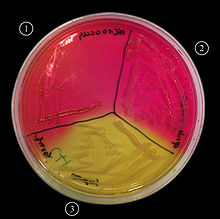Unveiling the Basics
Culture media are the nutrient-rich environments essential for cultivating and studying microorganisms in the laboratory. Think of them as the 'soil' where microbial 'seeds' germinate and flourish under controlled conditions. These media come in various forms, each tailored to support the growth of specific microorganisms or types of microorganisms.
The Classic: Nutrient Agar
Nutrient agar medium serves as a general-purpose foundation for culturing a wide range of bacteria and fungi. Composed of beef extract, peptone, agar, and water, nutrient agar provides the necessary nutrients for microbial growth while agar solidifies the medium, allowing for isolated colonies to form.
Selective and Differential Media: Unlocking Specificities
Beyond general-purpose media like nutrient agar, microbiologists often turn to selective and differential media to target particular microbial groups or characteristics. Selective media contain compounds that inhibit the growth of certain microorganisms while allowing others to thrive, enabling the isolation of specific species from mixed populations. Differential media, on the other hand, facilitate the differentiation of microorganisms based on metabolic activities, enzymatic reactions, or other biochemical properties.
Examples in Action
Let's take a closer look at some commonly used selective and differential media:
- MacConkey Agar: This medium contains bile salts and crystal violet, which inhibit the growth of Gram-positive bacteria while encouraging the growth of Gram-negative bacteria. Additionally, lactose and a pH indicator are included, allowing for the differentiation of lactose fermenters (pink colonies) from non-fermenters.
2. Blood Agar: Enriched with blood (usually sheep or horse), this medium supports the growth of a wide range of fastidious bacteria that require additional nutrients not provided by standard media. Blood agar can also serve as a differential medium, as certain bacteria produce characteristic hemolysis patterns (e.g., alpha, beta, or gamma hemolysis) when grown on this medium.
3. Mannitol Salt Agar (MSA): High salt concentration (7.5%) in MSA inhibits the growth of most bacteria except staphylococci, particularly Staphylococcus aureus. Mannitol and a pH indicator are included, allowing for the differentiation of mannitol-fermenting staphylococci (yellow colonies) from non-fermenters.
Innovations and Specialized Media
As microbiology continues to evolve, so do culture media. From chromogenic media that produce distinctive color changes in response to specific microbial enzymes to molecular-based media designed for precise genetic identification, the landscape of culture media is constantly expanding to meet the demands of modern microbiology.
Closing Thoughts
Microbiology culture media serve as the cornerstone of countless scientific endeavors, from diagnosing infectious diseases to unraveling the complexities of microbial communities. As we journey deeper into the microbial world, let's not forget to appreciate the humble yet indispensable role of culture media in our quest for understanding.

